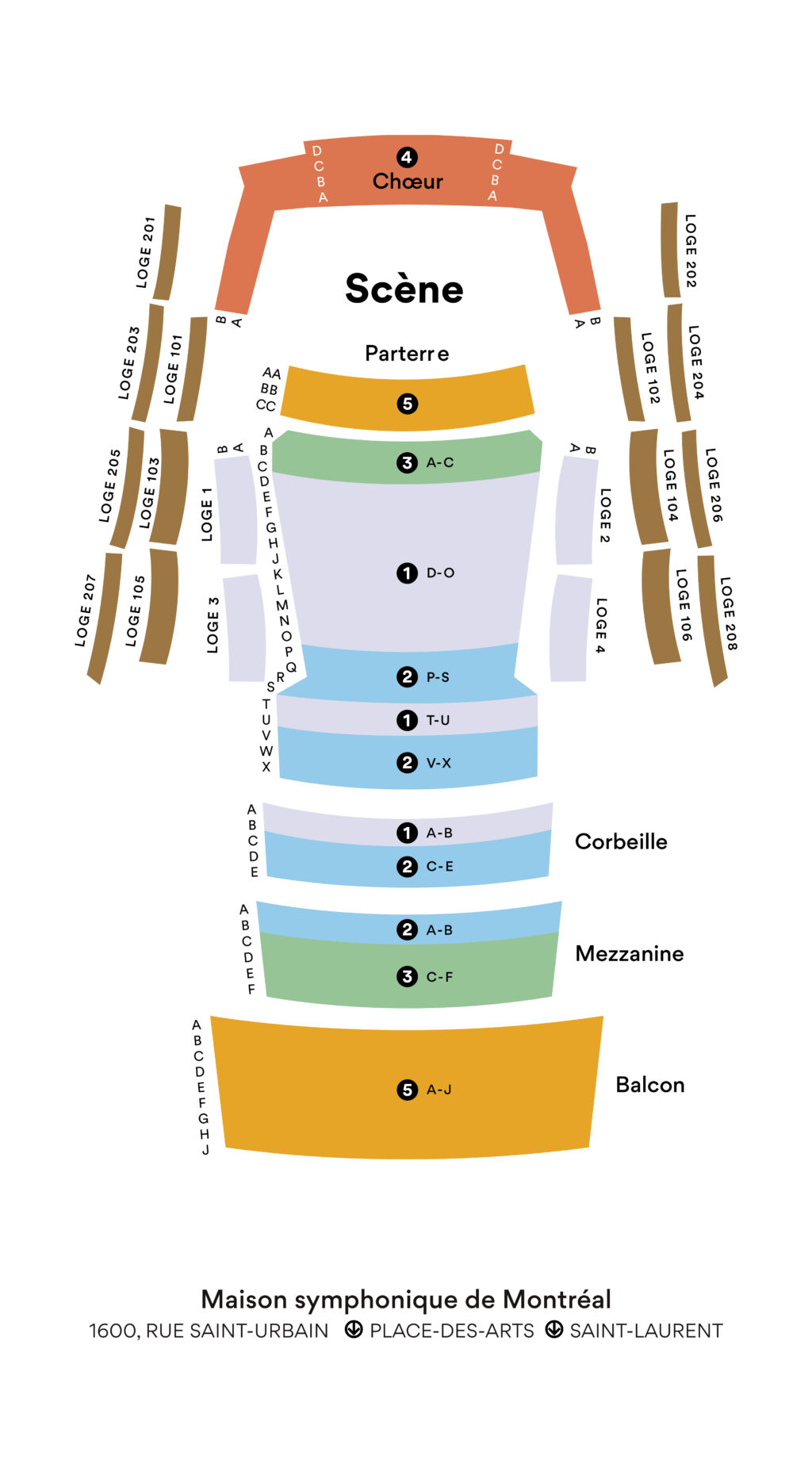Concierto de Aranjuez, for guitar and orchestra
Rodrigo
1901 – 1999
The main representative of the neoclassical current in Spain, Joaquín Rodrigo was born in 1901 in Sagunto, near Valencia. He lost his sight at the age of three during a diphtheria epidemic. After completing his initial musical training, he studied in Paris with Paul Dukas, alongside Ravel and Manuel de Falla among others. He returned to the French capital in the 1930s and lived in Germany, Switzerland and Austria during the Spanish civil war. Back in Paris in 1939, just before definitively returning to this homeland, he completed his best-known work, the Concierto de Aranjuez, whose title refers to a summer palace of Spanish kings, located south of Madrid and largely rebuilt and embellished with extensive gardens in the 18th century.
Inspired by “the fragrance of magnolias, the singing of birds and the gushing of fountains,” Rodrigo revives the spirit of the work of Domenico Scarlatti. He explains: “Claude Debussy defined the guitar as an expressive harpsichord. I believe that is the best definition ever given of the Spanish guitar. Our guitar is the only survivor of the rich and anarchic instrumental wildlife of the Middle Ages.” From the first bars, the guitar establishes the beat with repeated chords grouped in twos and threes. The strings then pick up the motif and develop it against the luminous colours of the winds. In the following Adagio, the English horn intones a poignant melody accompanied by the guitar, which then takes up the tune, ornamenting and sharing it with the other desks before reaching a big cadenza. In the concluding Allegro gentile, the guitar sets out a dance or song in rondo form and popular style with a rhythmic tension that combines binary and tertiary metre, the strings playing staccato until reaching the conclusion on tip toes.
© 2022 François Filiatrault
Translation by Craig Schweickert
